Home>Furniture & Design>Interior Design Trends>When Was Safety Glass First Used In Cars
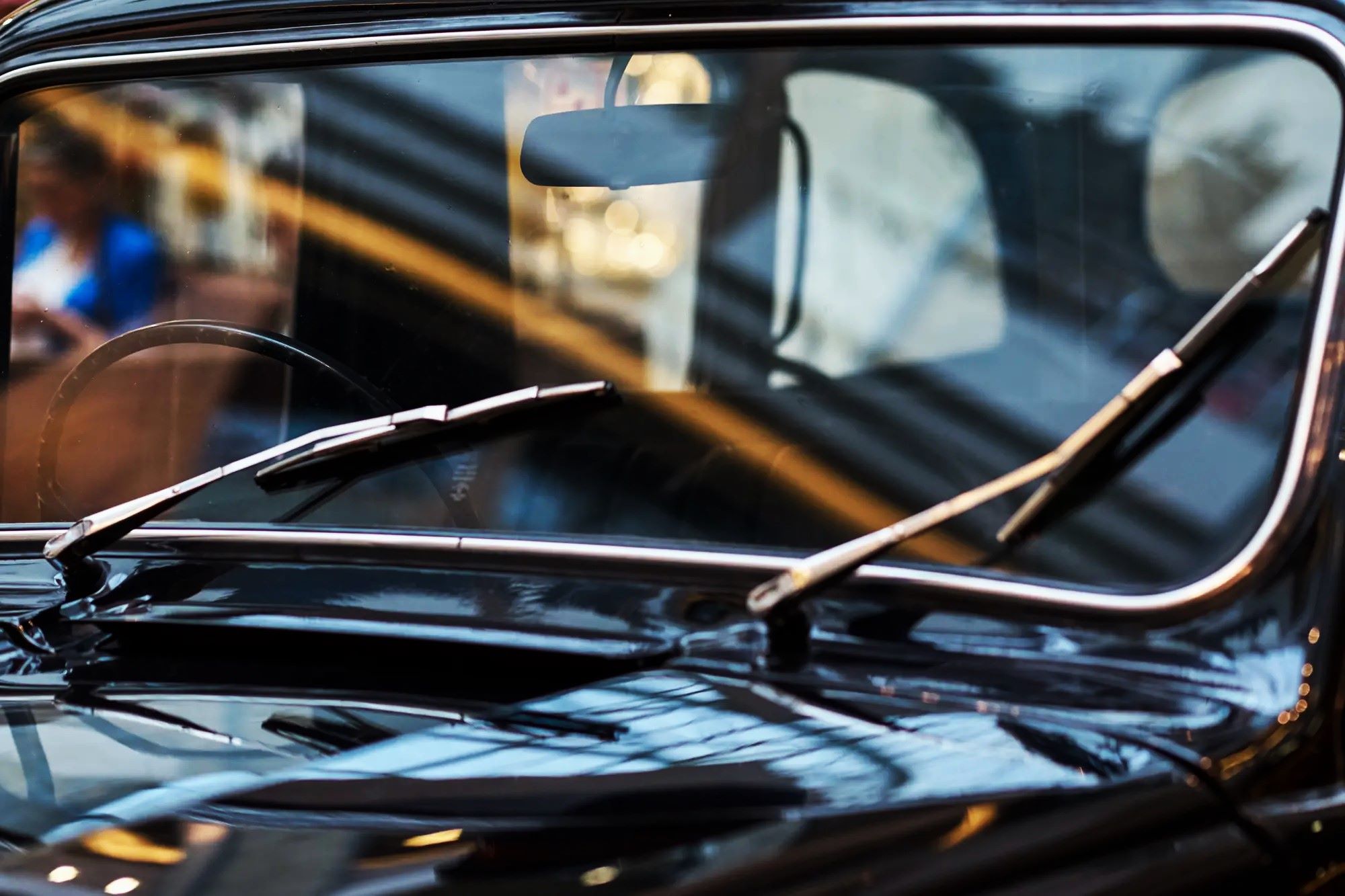

Interior Design Trends
When Was Safety Glass First Used In Cars
Modified: October 19, 2024
Discover the history of safety glass in cars and its impact on interior design trends. Learn when safety glass was first used and how it influenced automotive design.
(Many of the links in this article redirect to a specific reviewed product. Your purchase of these products through affiliate links helps to generate commission for Storables.com, at no extra cost. Learn more)
Introduction
Safety glass has revolutionized the way we perceive and prioritize safety in various aspects of our lives, particularly in the automotive industry. Its invention has significantly enhanced the safety standards of vehicles, making them more resilient and secure for passengers and drivers alike. Understanding the origins and evolution of safety glass provides valuable insights into the advancements that have shaped the automotive industry and improved overall safety measures. This article delves into the history, significance, and impact of safety glass, particularly in the context of automobiles, shedding light on its pivotal role in ensuring passenger safety on the roads.
Key Takeaways:
- Safety glass, invented in the early 20th century, revolutionized car safety by preventing shattered glass during accidents, reducing the risk of injuries for passengers and drivers.
- The integration of safety glass in automobiles ushered in a new era of enhanced protection, instilling confidence in passengers and drivers, and prioritizing safety on the roads.
Read more: When Was Glass First Made
The Invention of Safety Glass
The invention of safety glass marked a significant milestone in the realm of safety and protection. It was a groundbreaking development that transformed various industries, including automotive, construction, and home improvement. The origins of safety glass can be traced back to the early 20th century, with multiple innovators contributing to its evolution.
In 1903, French chemist Édouard Bénédictus inadvertently discovered the concept of laminated glass. While working in his laboratory, Bénédictus accidentally dropped a glass flask coated with a plastic cellulose nitrate film. To his surprise, the glass did not shatter upon impact. This serendipitous event led to the realization that the cellulose nitrate film had effectively held the broken pieces together, preventing them from scattering. This revelation sparked the idea of creating a more resilient and secure form of glass, laying the foundation for the development of safety glass.
Building upon Bénédictus's accidental discovery, the automotive industry quickly recognized the potential of safety glass in enhancing vehicle safety. By the 1920s, safety glass had become a standard feature in automobile windshields, offering a crucial layer of protection for drivers and passengers. This innovation significantly reduced the risk of injuries caused by shattered glass during accidents or collisions.
The widespread adoption of safety glass in various applications, including architectural and industrial uses, further solidified its status as a pivotal safety measure. The durability and protective properties of safety glass made it an indispensable component in ensuring the well-being of individuals in diverse settings.
The evolution of safety glass continued with the introduction of tempered glass, which undergoes a specialized heating and rapid cooling process to enhance its strength. This tempered glass variant further elevated safety standards, particularly in automotive and architectural applications, by providing increased resistance to impact and breakage.
In summary, the invention of safety glass revolutionized safety protocols across multiple industries, with its impact resonating profoundly in the automotive sector. The fortification of glass through lamination and tempering techniques has redefined safety standards, making safety glass an integral element in safeguarding individuals from potential hazards and accidents.
This section provides a glimpse into the origins and evolution of safety glass, highlighting its transformative impact on safety measures and its pivotal role in enhancing protection and security in various domains.
Safety Glass in Automobiles
The integration of safety glass in automobiles heralded a new era of enhanced protection and security for vehicle occupants. With its introduction, safety glass swiftly became a fundamental component of automotive design, significantly elevating the safety standards of vehicles.
In the early 1920s, safety glass emerged as a pioneering innovation in the automotive industry, particularly in the context of windshields. Its implementation addressed a critical safety concern, as traditional glass posed significant risks during accidents or collisions. The propensity for standard glass to shatter upon impact posed severe threats to occupants, often resulting in severe injuries caused by sharp glass fragments. Safety glass, with its laminated structure, offered a transformative solution to this pressing issue. By effectively holding the broken pieces together upon impact, safety glass minimized the risk of injuries stemming from shattered glass, thereby enhancing the overall safety of vehicle occupants.
The widespread adoption of safety glass in automobiles represented a monumental leap forward in prioritizing passenger safety. Its incorporation into windshields and other windows within vehicles underscored a pivotal shift towards fortifying the structural integrity of automobiles. This proactive approach to safety not only mitigated the potential harm caused by shattered glass but also contributed to reducing the overall severity of injuries sustained during accidents.
Furthermore, the evolution of safety glass in automobiles extended beyond laminated glass to encompass tempered glass, which offered heightened resilience and durability. The tempered glass variant, characterized by its strengthened composition, provided enhanced protection against breakage and impact, further bolstering the safety features of vehicles.
The integration of safety glass in automobiles has had a profound and enduring impact on vehicle safety. Its presence has become synonymous with the assurance of a secure and protected driving experience, instilling confidence in passengers and drivers alike. As automotive technology continues to advance, safety glass remains a cornerstone of safety measures, continually evolving to meet the increasingly stringent safety standards of modern vehicles.
In essence, safety glass has indelibly transformed the automotive landscape, redefining safety protocols and fortifying the protective measures in vehicles. Its integration represents a pivotal advancement in ensuring the well-being of individuals on the roads, exemplifying the unwavering commitment to prioritizing safety within the automotive industry.
Safety glass was first used in cars in the early 1920s to reduce injuries from shattered glass during accidents. It became standard in all car windows by the 1930s.
The Impact of Safety Glass on Car Safety
The integration of safety glass in automobiles has exerted a profound and far-reaching impact on car safety, fundamentally reshaping the protective measures and resilience of vehicles. By fortifying the structural components of automobiles, safety glass has significantly elevated the safety standards, thereby mitigating the potential risks and hazards associated with vehicular accidents.
The pivotal role of safety glass in car safety is underscored by its ability to minimize the inherent dangers posed by traditional glass during collisions or impacts. Standard glass, when shattered, poses a substantial threat to vehicle occupants, often leading to severe injuries caused by sharp glass fragments. Safety glass, with its laminated and tempered variants, has effectively addressed this critical safety concern. The laminated structure of safety glass ensures that, upon impact, the glass remains intact, preventing it from shattering into hazardous shards. This crucial feature significantly reduces the risk of injuries, safeguarding occupants from the perils of shattered glass during accidents.
Moreover, safety glass has contributed to enhancing the overall structural integrity of vehicles, bolstering their ability to withstand external forces and impacts. The resilience and durability of safety glass, particularly in windshields and windows, have played a pivotal role in minimizing the severity of injuries sustained by vehicle occupants. By providing a protective barrier that remains intact even under duress, safety glass has become an indispensable element in fortifying the safety measures within automobiles.
Furthermore, the integration of safety glass has instilled a sense of confidence and assurance among passengers and drivers, fostering a secure and protected driving experience. The knowledge that safety glass serves as a reliable safeguard against the hazards of shattered glass instills a sense of security, underscoring its instrumental role in enhancing car safety.
The enduring impact of safety glass on car safety is evident in its continued evolution to meet the increasingly stringent safety standards of modern vehicles. As automotive technology advances, safety glass remains at the forefront of safety measures, continually adapting to ensure optimal protection for vehicle occupants.
In essence, the integration of safety glass in automobiles has redefined car safety, ushering in an era of enhanced protection and resilience. Its transformative impact resonates in the proactive approach to mitigating potential risks and prioritizing the well-being of individuals on the roads, exemplifying the unwavering commitment to safety within the automotive industry.
Conclusion
In conclusion, the evolution and integration of safety glass in automobiles have indelibly transformed the landscape of car safety, ushering in a new era of enhanced protection and resilience. The inception of safety glass, stemming from the accidental discovery of laminated glass by Édouard Bénédictus, marked a pivotal advancement in safety measures across various industries, particularly in the automotive sector. The laminated and tempered variants of safety glass have revolutionized the protective measures within vehicles, mitigating the potential risks and hazards associated with traditional glass during accidents or collisions.
The profound impact of safety glass on car safety is underscored by its ability to minimize the inherent dangers posed by shattered glass, thereby safeguarding vehicle occupants from severe injuries. By effectively holding the broken pieces together upon impact, safety glass has significantly reduced the risk of harm caused by sharp glass fragments, exemplifying its pivotal role in prioritizing passenger safety. Furthermore, the integration of safety glass has bolstered the structural integrity of automobiles, fortifying their ability to withstand external forces and impacts, thus minimizing the severity of injuries sustained by occupants.
The enduring legacy of safety glass in automobiles is characterized by its unwavering commitment to ensuring the well-being of individuals on the roads. Its continued evolution to meet the increasingly stringent safety standards of modern vehicles reflects its instrumental role in fortifying car safety. As automotive technology advances, safety glass remains a cornerstone of safety measures, continually adapting to provide optimal protection for vehicle occupants.
In essence, safety glass stands as a testament to the proactive approach to mitigating potential risks and prioritizing the safety of passengers and drivers. Its transformative impact resonates in the assurance of a secure and protected driving experience, instilling confidence among individuals on the roads. The integration of safety glass in automobiles exemplifies the unwavering commitment to enhancing car safety, underscoring its pivotal role in reshaping safety protocols and fortifying the protective measures within vehicles.
Frequently Asked Questions about When Was Safety Glass First Used In Cars
Was this page helpful?
At Storables.com, we guarantee accurate and reliable information. Our content, validated by Expert Board Contributors, is crafted following stringent Editorial Policies. We're committed to providing you with well-researched, expert-backed insights for all your informational needs.

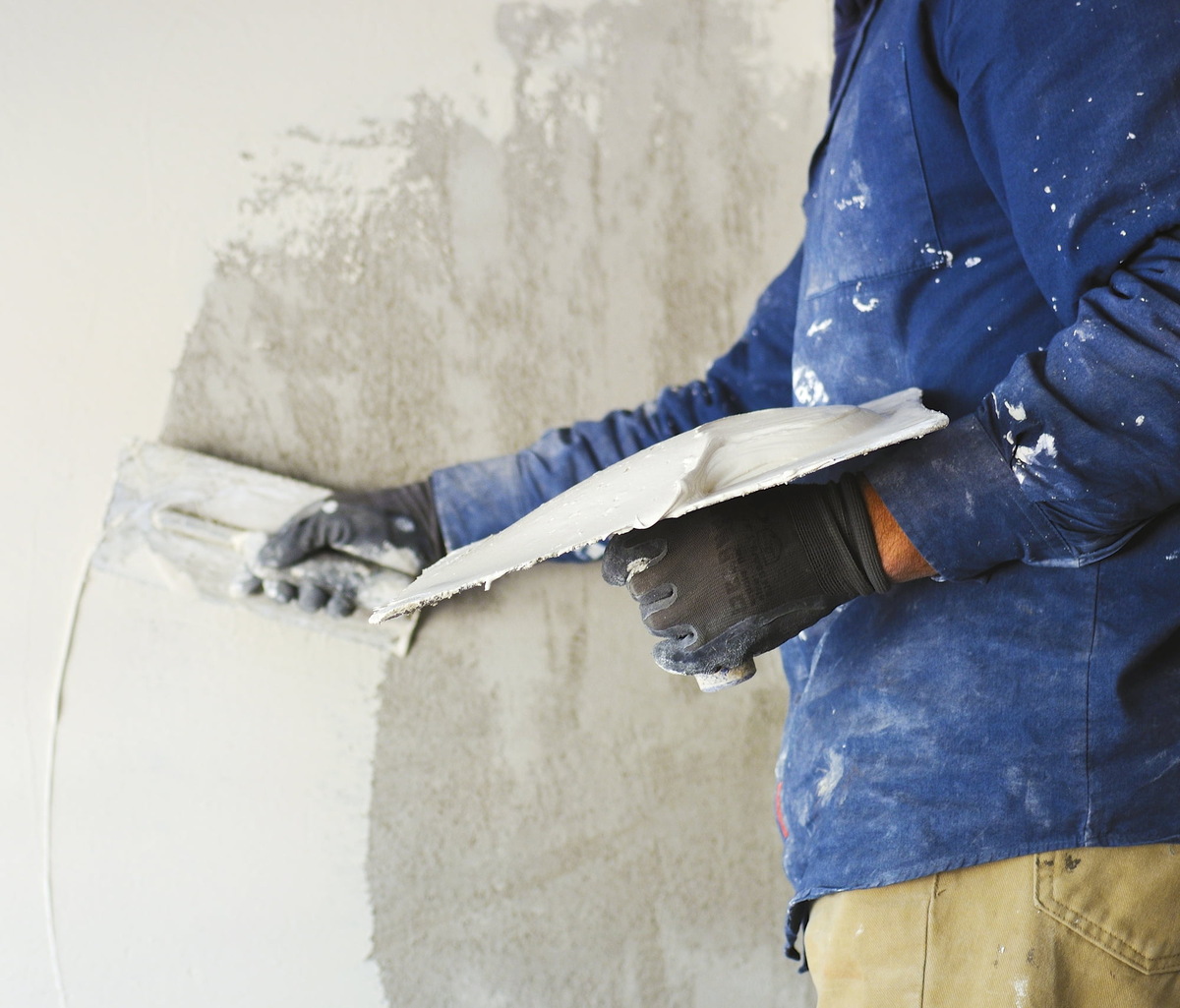
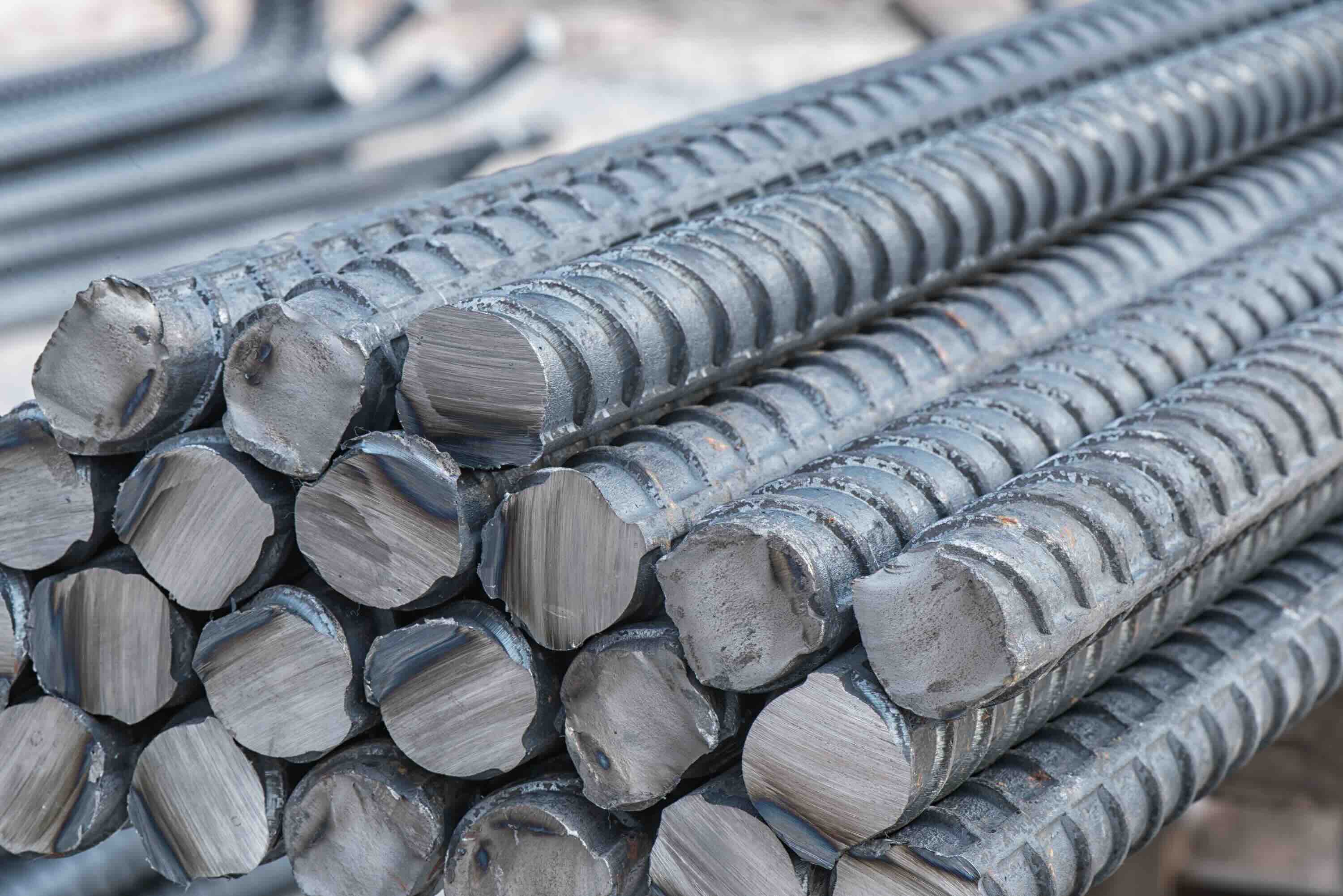

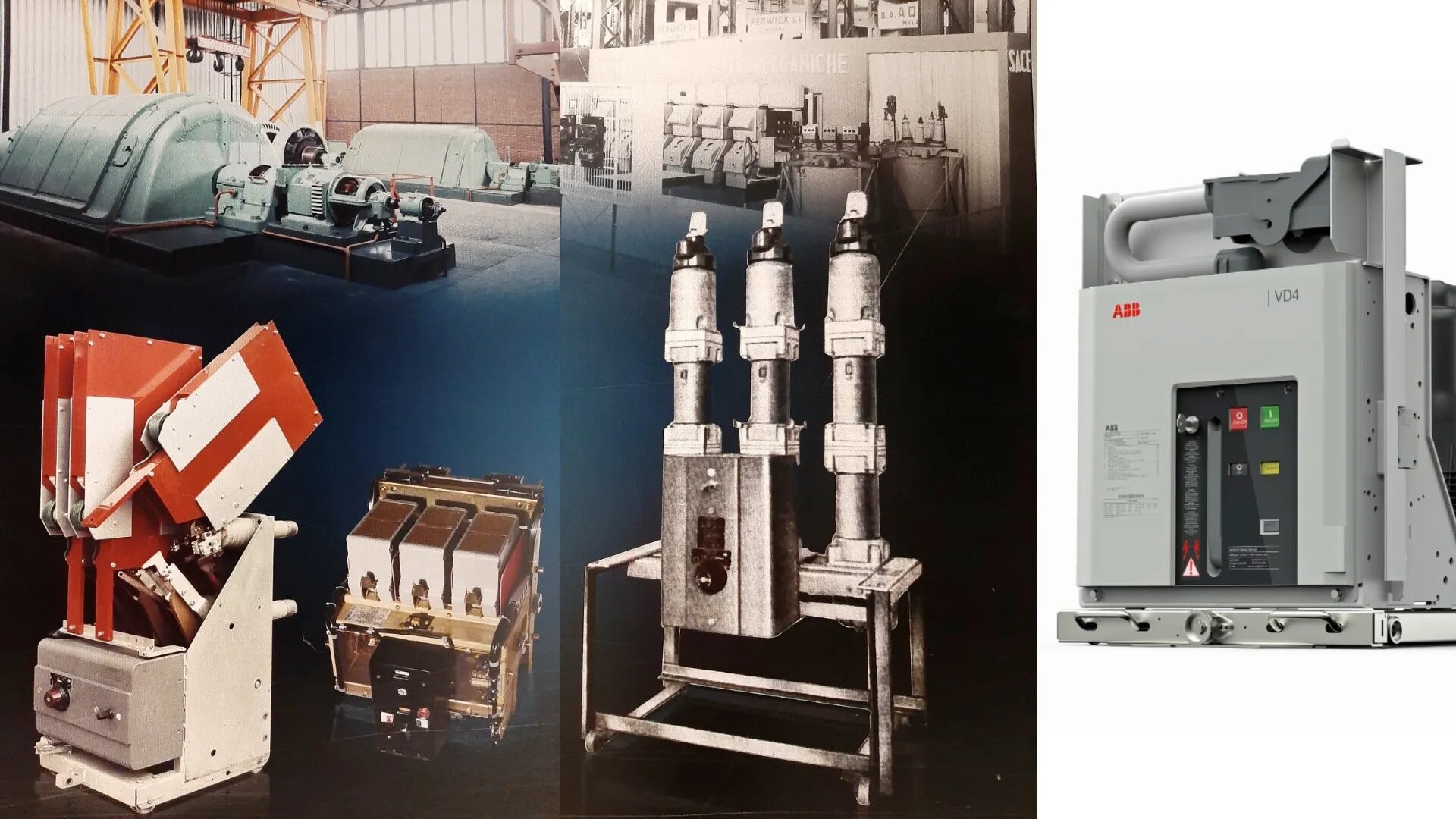
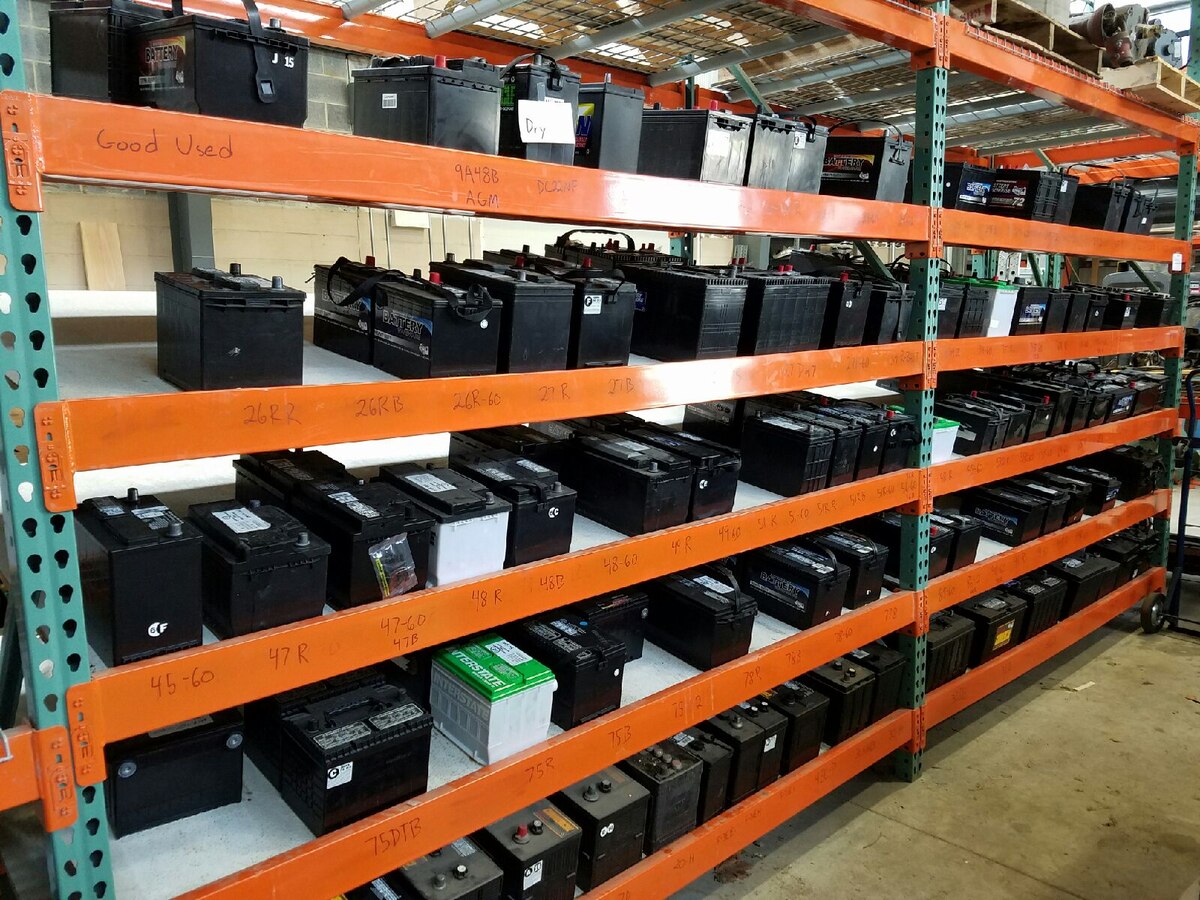
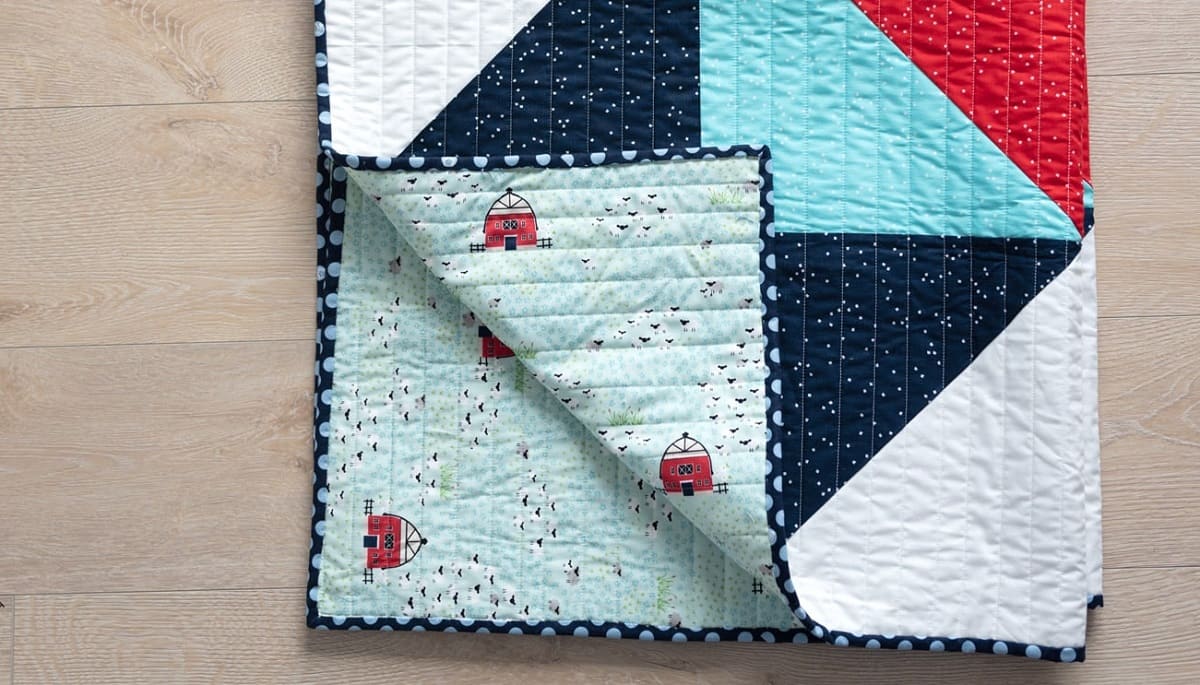


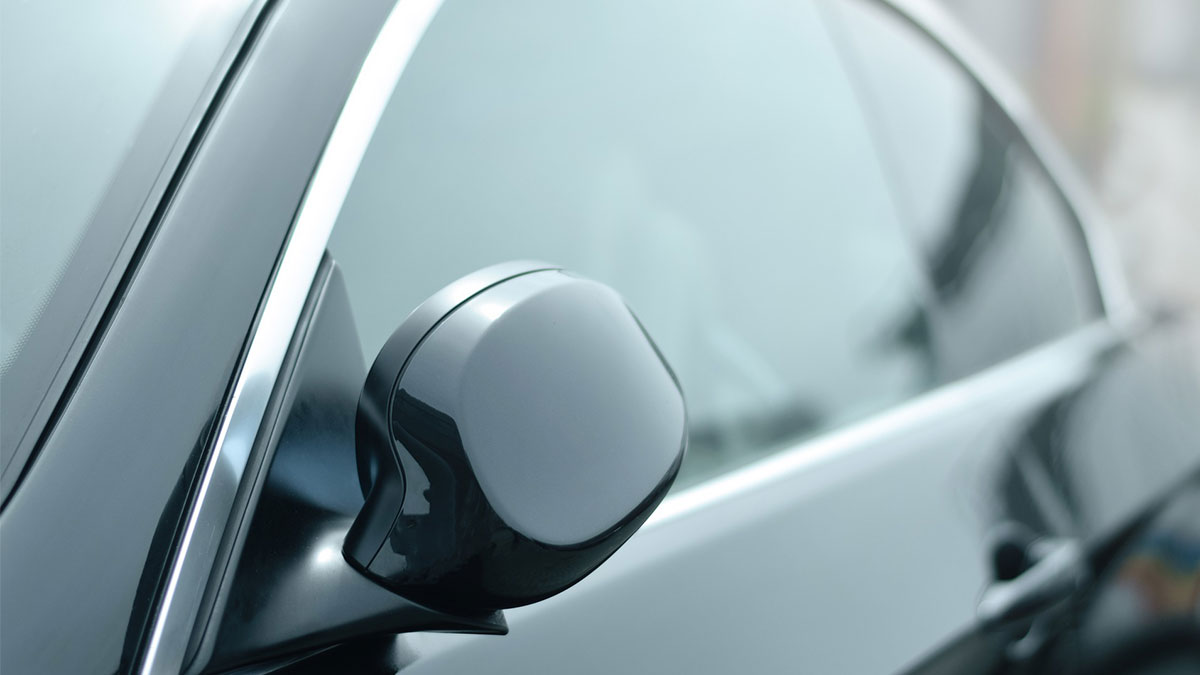

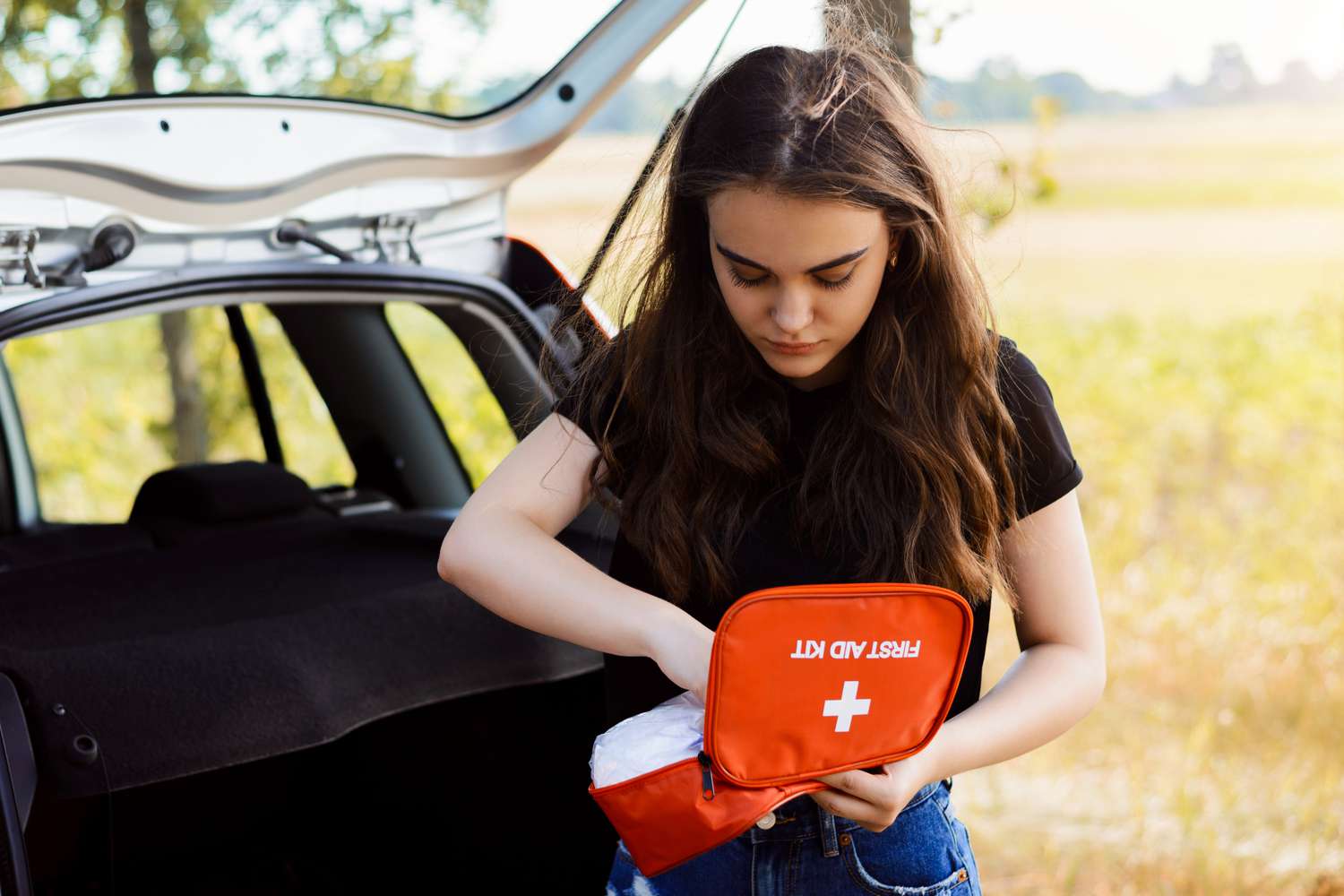
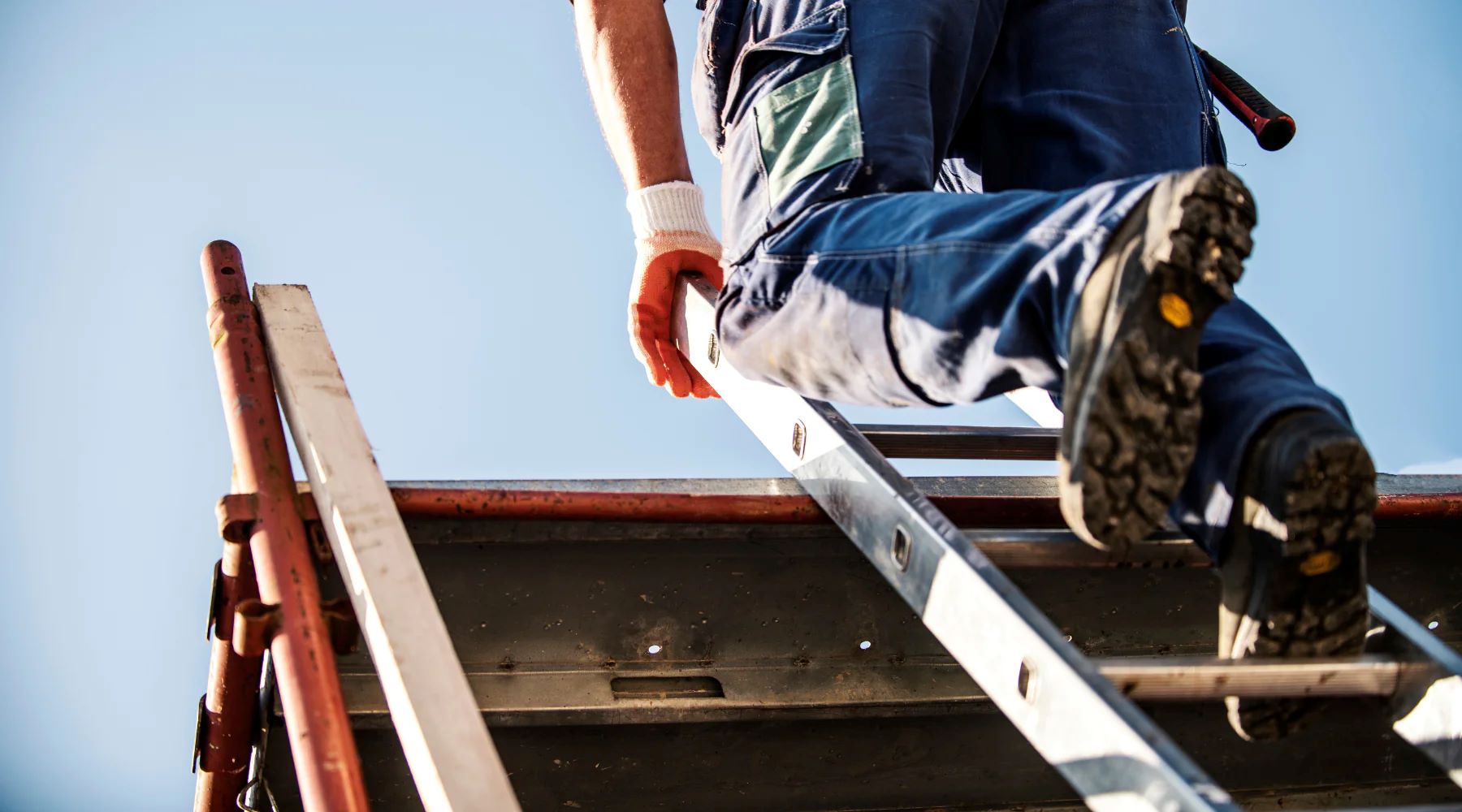
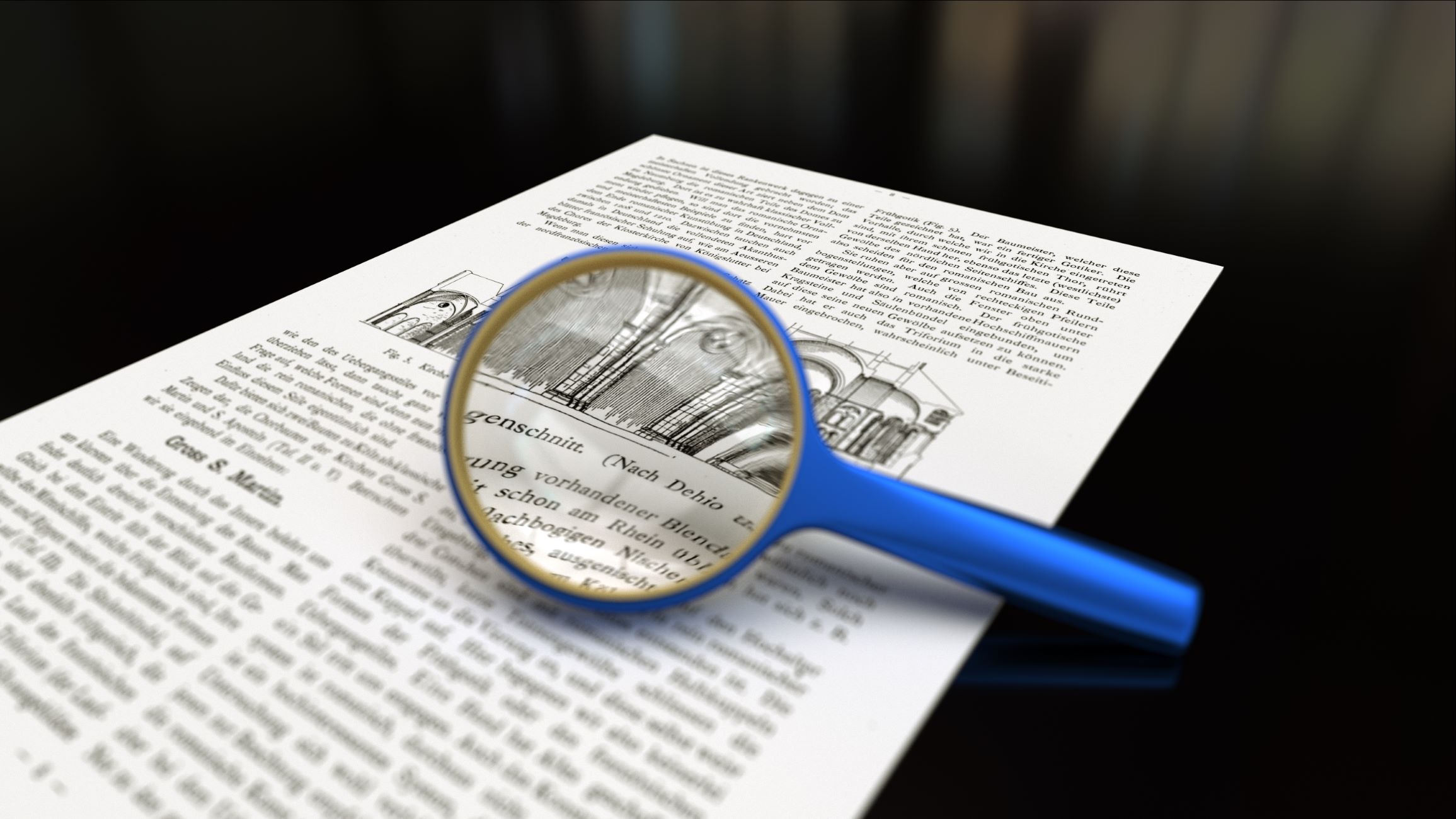
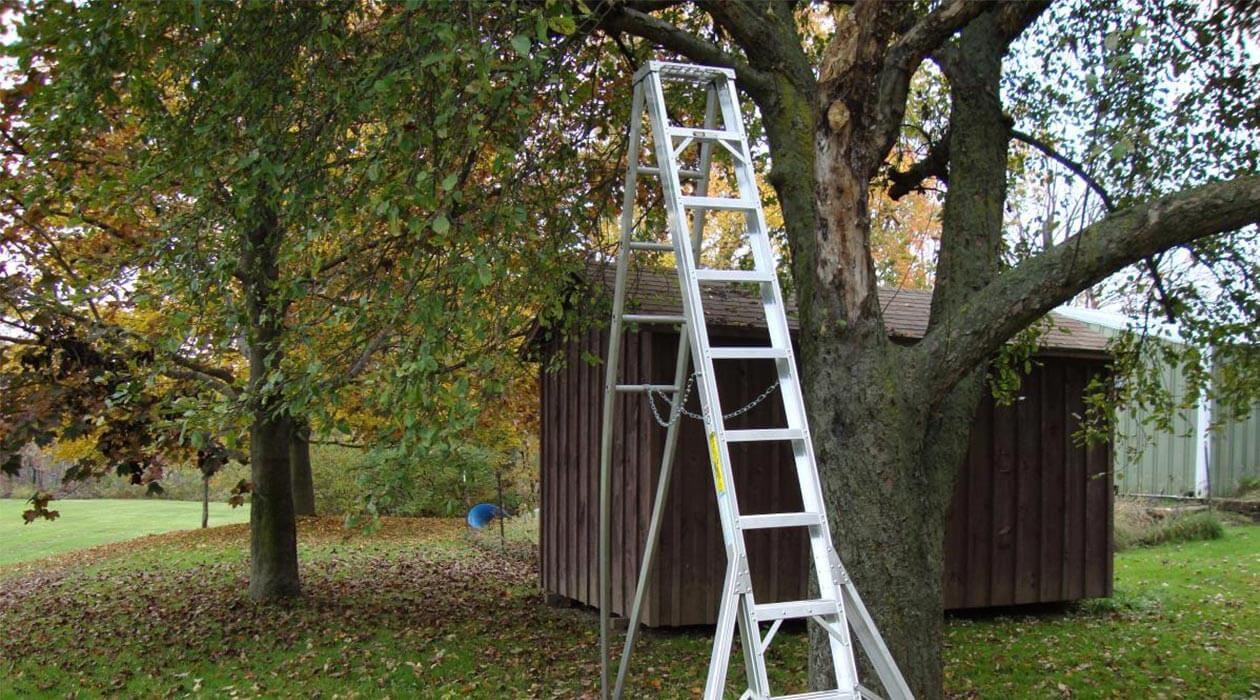

0 thoughts on “When Was Safety Glass First Used In Cars”